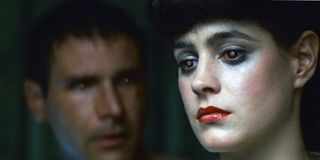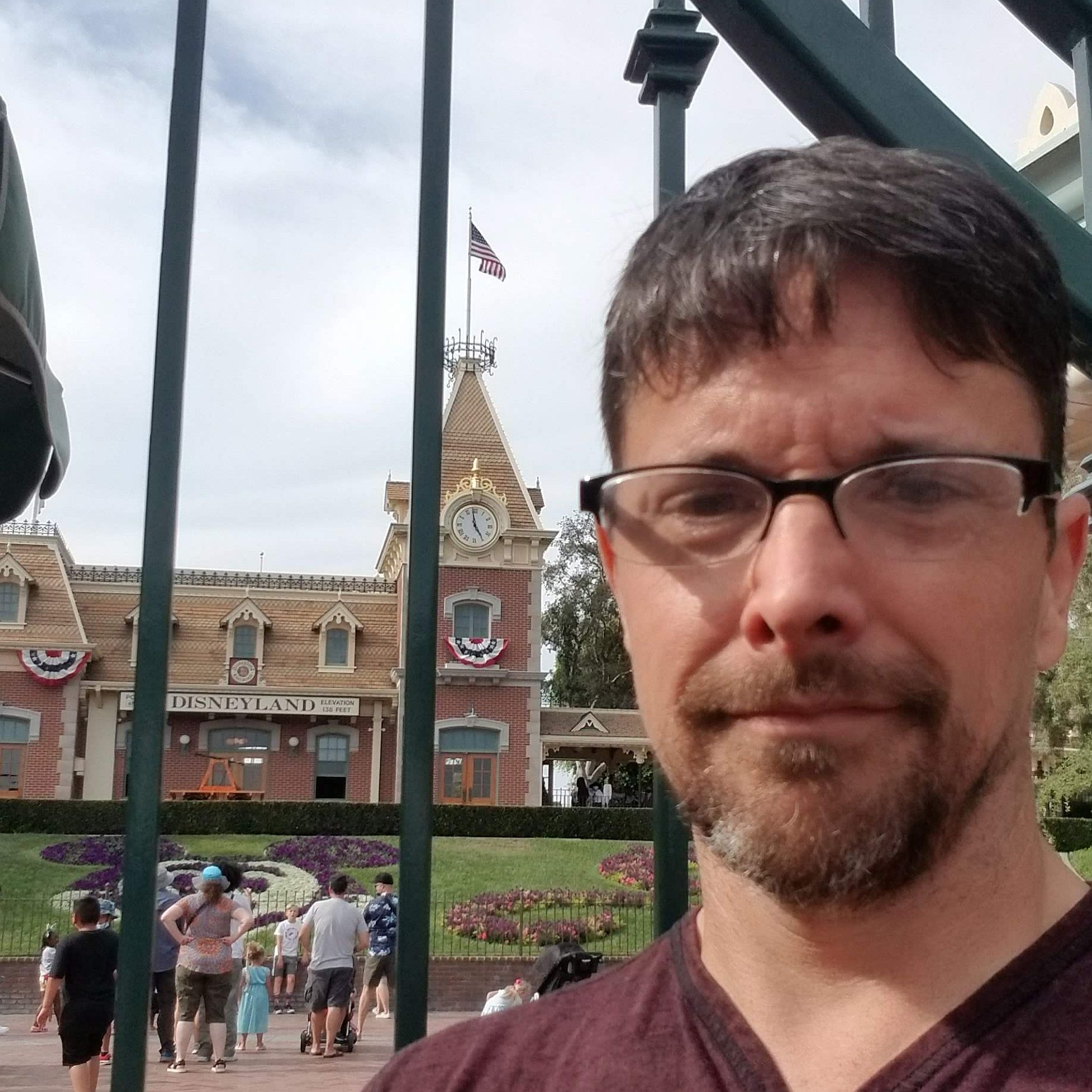The Comment In Blade Runner 2049 That Totally Changed How We Look At The Original Movie


The following contains MAJOR spoilers for Blade Runner 2049.
The original Blade Runner was one of those movies that took years to find its audience. It was called a "cult classic" for years before it was called a "science fiction classic," but eventually, people came around to the story that really questioned the nature of what it means to be human. Blade Runner is a movie that didn't need a sequel, but now it has one, and not only is Blade Runner 2049 a great movie, but it makes the original Blade Runner an even better movie, by completely changing the way we look at it.
Blade Runner 2049 starts out as simply a story being told 30 years after the events of the first movie, but as each new clue is uncovered, we take a step back to the original movie. A collection of bones are found, then we discover why the person died, then we discover whose bones they actually are. Each new detail fills in the time period between the films, but it also colors the events of the first film itself. Once K (Ryan Gosling) finds Deckard (Harrison Ford) and the former Blade Runner tells his story, we think we have all the pieces, until one final element is dropped that changes everything. When Jared Leto's Niender Wallace meets Deckard, he suggests that perhaps our hero's meeting with Rachel (Sean Young) in the first movie wasn't the random chance that it seemed to be. Maybe it was all part of the plan to create the child that everybody is looking for.
Mind. Blown.
I had wanted to go back and watch the original Blade Runner again prior to the sequel but timing simply didn't allow for it. Instead, I watched it after seeing the new movie, almost as if it were a prequel to the new film, rather than the original source material, and the entire time I couldn't get Wallace's comment out of my head, so I watched the new Blade Runner in an entirely new way.
Blade Runner, originally, is about a man who is sent to take out four renegade replicants. It contains a subplot where the man meets a replicant woman and begins a relationship with her. However, after seeing Blade Runner 2049 everything shifts. Now the replicant hunt feels like it's only a means to an end. Everything Dr. Eldon Tyrell says to Deckard becomes suspect. You find yourself questioning every moment that Rachel and Deckard are together. Is there something happening off screen that created this moment?
Of course, if Deckard is being used in this way, it also comes as close as we've ever come to answering the great question of the original film, or at least its later versions. Is Deckard a replicant? Why is Deckard the one who is chosen to meet Rachel? The most obvious answer is that he is special like she is. He, like her, is a replicant who does not realize it. Rachel was a special replicant at the time, one of the first with implanted memories. But if there were two like that, what could they accomplish?
CINEMABLEND NEWSLETTER
Your Daily Blend of Entertainment News
The problem with retroactive continuity is that, most of the time, it requires actually changing the past. It asks for mental gymnastics on the part of the viewer to agree that what they thought they saw before wasn't quite what really happened. That's not what happens here. Blade Runner 2049 doesn't change anything that came before it. Would Dr. Tyrell, or anybody else, have done anything differently if this idea were part of the first film's script? Probably not. Everything still fits.
If anything, the idea that the entire movie is a setup for Deckard to meet Rachel is enhanced by aspects of the first film that don't necessarily make obvious sense the first time around. The cops would have to be at least somewhat in on it, as they'd need to be the ones to bring Deckard in at the beginning, even if they don't know why. But then they keep showing up. Bryant and Gaff don't serve much purpose after the plot gets rolling, but they're never too far behind Deckard. At the end, it seems clear that they know the truth, as Deckard hears Graff's final words as he looks at the origami unicorn. Graff said she would not live, but can we be entirely sure what he was referring to? Maybe he thought Rachel had a limited lifespan, but maybe he knew a great deal more.
Of course, the truth is that Niender Wallace doesn't really know if Deckard meeting Rachel was a setup or not. If he did, he'd likely have all the answers he spends the film looking for, but it's a logical conclusion to come to under the circumstances.
Blade Runner is a movie that has come this far without giving us answers, even after three major versions of the film. Now, we have yet another way to watch Blade Runner, with entirely new questions, that didn't require another edit, just a really good sequel.

CinemaBlend’s resident theme park junkie and amateur Disney historian, Dirk began writing for CinemaBlend as a freelancer in 2015 before joining the site full-time in 2018. He has previously held positions as a Staff Writer and Games Editor, but has more recently transformed his true passion into his job as the head of the site's Theme Park section. He has previously done freelance work for various gaming and technology sites. Prior to starting his second career as a writer he worked for 12 years in sales for various companies within the consumer electronics industry. He has a degree in political science from the University of California, Davis. Is an armchair Imagineer, Epcot Stan, Future Club 33 Member.
Most Popular








